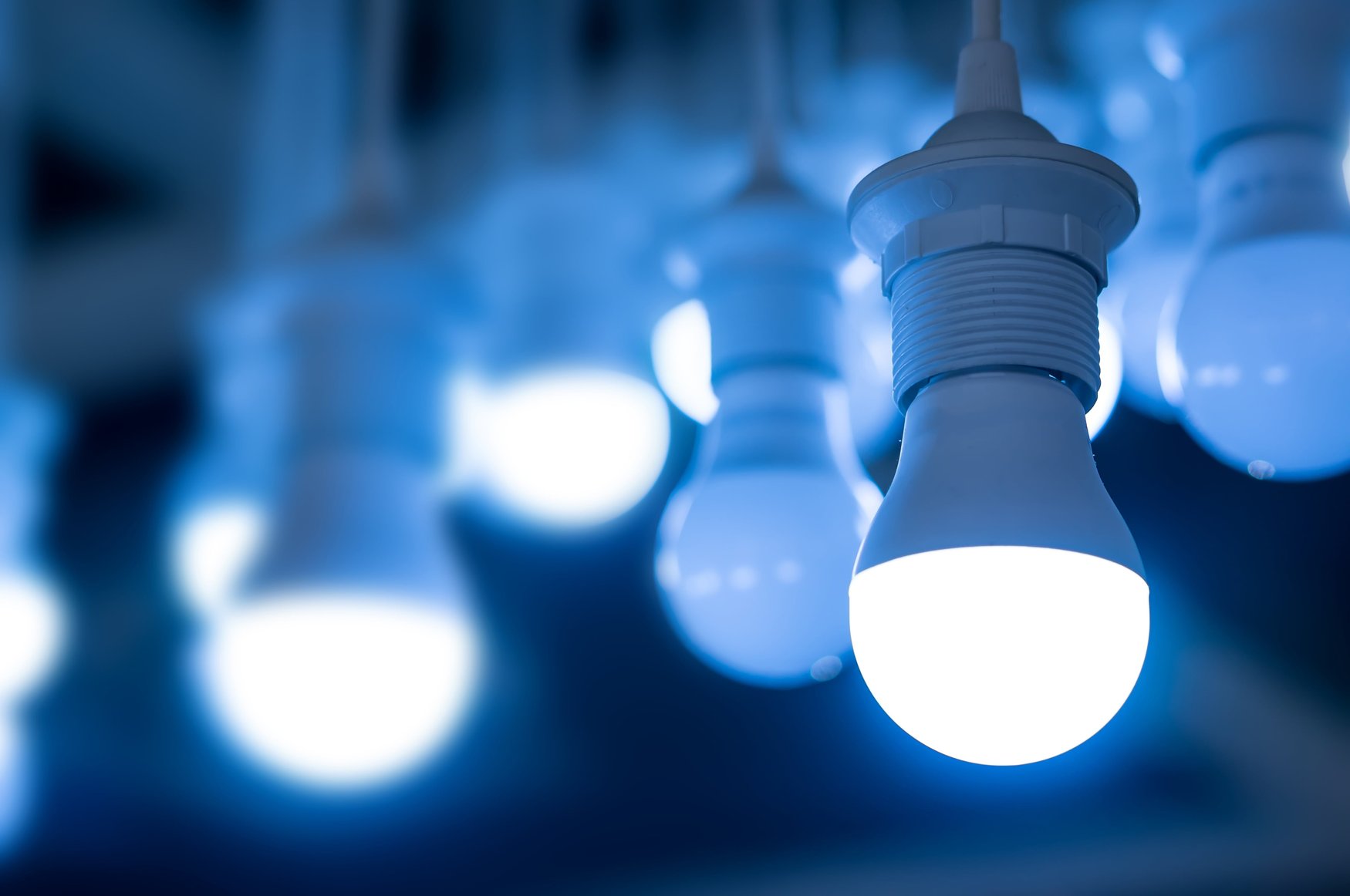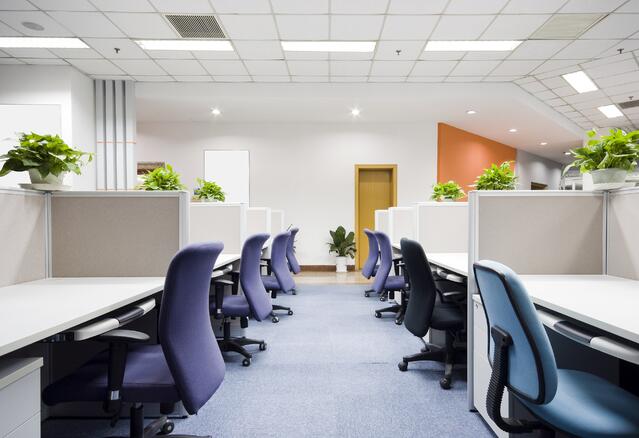NYC Energy Conservation Code: When is it Mandatory?

The NYC Energy Conservation Code was first created through Local Law 85 of 2009, taking the NY State Energy Conservation Construction Code as a starting point, and introducing amendments that made the code more demanding for NYC. The code is subject to constant revision, and updated editions have been published in 2011, 2014 and 2016.
If you own a building or are planning a real estate project in New York City, you cannot overlook the Energy Conservation Code. The first and most important step is to determine whether your project is covered by the code, and the best recommendation is to ask a qualified engineering consulting firm. However, keep in mind that energy efficiency measures are beneficial even when they are optional, so you should consider them even if the energy code does not impose building upgrades in your case.
New constructions are always covered by the NYC energy code and compliance is mandatory. However, existing buildings must only be upgraded to meet the energy code under certain conditions, which are described in this article.
Planning a new construction or major renovation?
Make sure your MEP installations meet all NYC Energy Code requirements
NYC Energy Code in Existing Buildings: Local Law 88
Normally, existing buildings are only subject to the NYC Energy Conservation Code when they undergo changes such as additions or renovations. However, there is one case where the code imposes upgrades regardless of planned modifications: when existing buildings are covered by Local Law 88 of 2009.
Like the NYC energy code, Local Law 88 is part of the Greener, Greater Buildings Plan, and it can be summarized as follows:
- Individual buildings with at least 50,000 ft2 of floor space are covered.
- Groups of 2 or more buildings with at least 100,000 ft2 are covered, if they are under the same tax lot or condominium ownership.
- Lighting systems in covered buildings must be upgraded to meet the NYC Energy Conservation Code, and the deadline is January 1, 2025.
- Building owners must also deploy sub-metering to track the electricity consumption of tenant spaces above certain size thresholds (explained in Local Law 88).
- The following occupancy groups are exempt from the lighting upgrade even if they meet the conditions above: Residential Groups R-2 and R-3, and houses of worship under Assembly Group A-3.
This is the only case where the NYC energy code imposes an upgrade for an existing building where no changes are planned. Otherwise, only buildings that undergo changes are affected.

Keep in mind that the NYC energy code has different requirements for residential and commercial buildings. If you must upgrade the lighting system to meet Local Law 88, make sure you are following the guidelines that apply for your type of building.
- The residential version is less demanding, since it only imposes a minimum percentage of 75% high efficacy lamps.
- On the other hand, the commercial version imposes maximum lighting power densities (watts per square foot) depending on the activities carried out in each space, while introducing automatic control requirements.
If a single building is split into residential and commercial areas, they must be addressed separately following the corresponding energy code requirements.
NYC Energy Code Compliance for Building Modifications
If an existing building is not subject to a mandatory lighting upgrade by Local Law 88, there are four scenarios where the NYC Energy Conservation Code requires upgrades:
- Additions: Projects that increase the conditioned floor space or height of a building.
- Alterations: Defined by the energy code as constructions, retrofits or renovations that require a permit from the NYC Department of Buildings, excluding additions and repairs. The term also applies for mechanical, electrical and plumbing (MEP) projects that expand or modify the existing arrangement and require a permit.
- Repairs: Reconstructions or renewals that are part of maintenance processes or are carried out to fix damage.
- Change of occupancy: Any change in building usage that leads to its reclassification under a different occupancy group.
This list of conditions applies for both residential and commercial building. The main difference is that repairs subject to the energy code differ slightly between both building types.
|
REPAIRS IN RESIDENTIAL BUILDINGS |
REPAIRS IN COMMERCIAL BUILDINGS |
|
1) Glass-only replacements in existing windows. 2) Roof repairs. 3) Lighting repairs when only the ballast or bulb is replaced in existing fixtures, without increasing lighting power. |
Same as residential, plus two conditions: 4) Air barriers are not considered roof repairs if the rest of the building envelope is unaltered. 5) Door replacements between conditioned spaces and the exterior count as repairs, but excluding vestibules and revolving doors. |
Conclusion
If you ask engineering consultants, they will always recommend energy efficiency, especially considering the high electricity prices in NYC. However, there may be cases where the NYC Energy Conservation Code makes these upgrades mandatory. Like in any construction or renovation project, working with a qualified engineering firm from the start ensures code compliance and provides long-term benefits.
In the specific case of lighting upgrades to meet Local Law 88, consider that Local Law 26 demands sprinkler system installation for all office buildings at least 100 feet tall. If your property is subject to both laws, consider merging both projects to minimize disruption - both lighting upgrades and fire sprinkler installation involve removing portions of the ceiling.

Ankit Javeri
Ankit is the Project Manager at NY Engineers, who holds an M.Tech. Some of his projects includes Community Access, Jackson Avenue
Join 15,000+ Fellow Architects and Contractors
Get expert engineering tips straight to your inbox. Subscribe to the NY Engineers Blog below.



